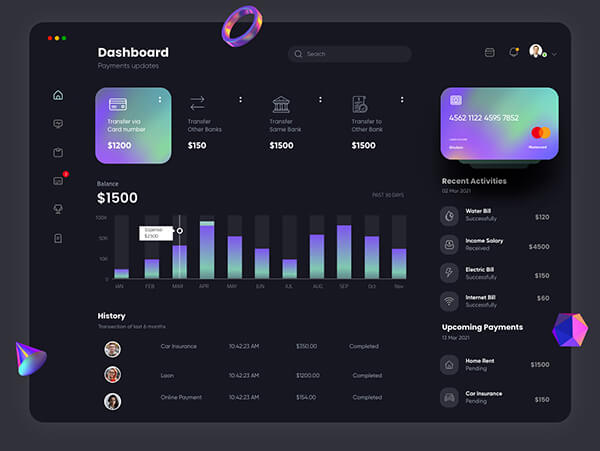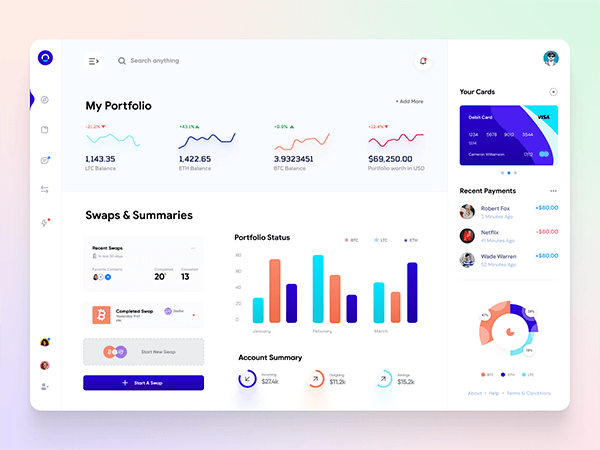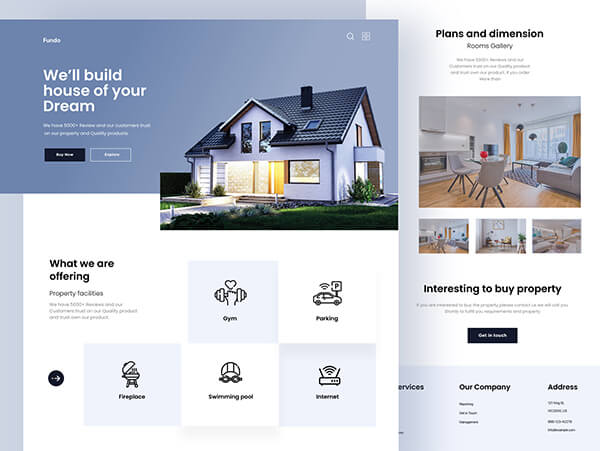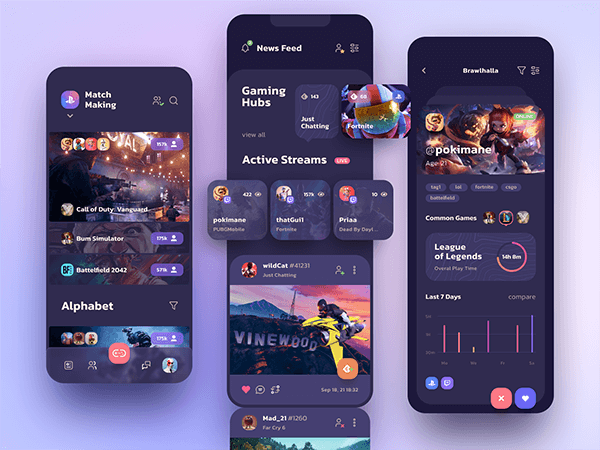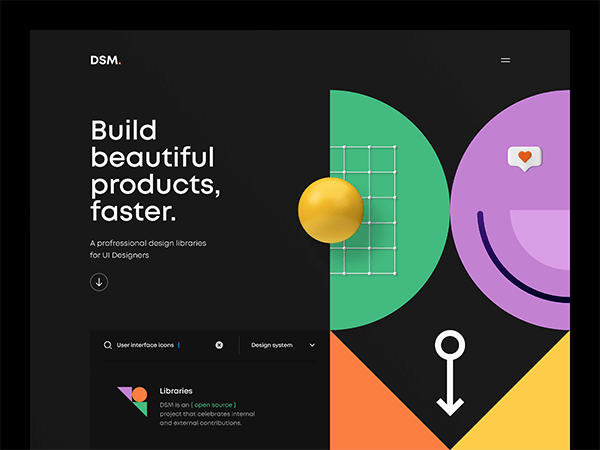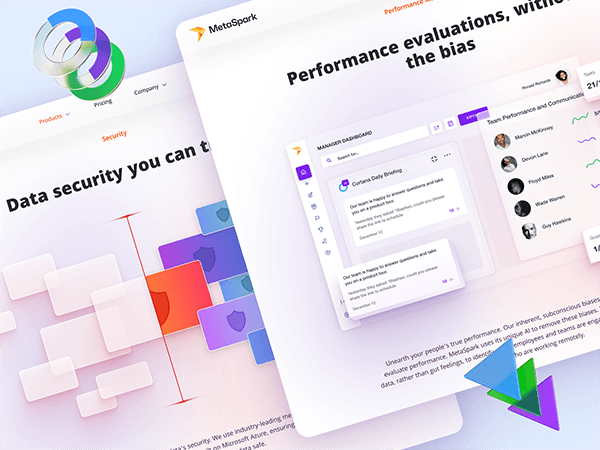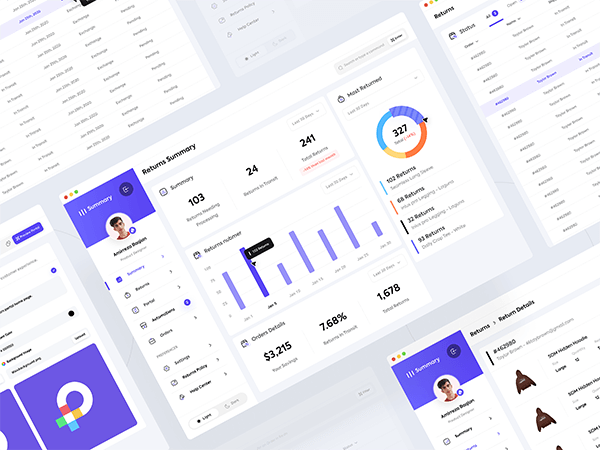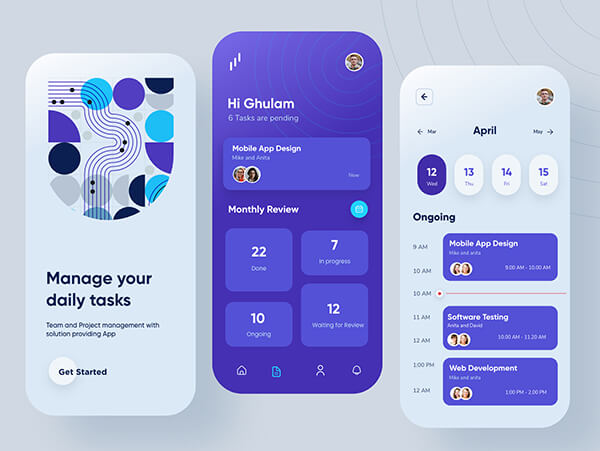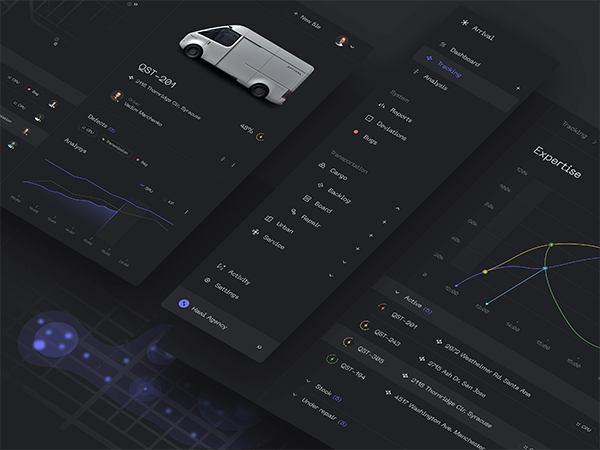About me
I'm a 4th year PhD student in UW CSE, advised by Prof. Jon Froehlich at the Makeability Lab.
My research interest lies in the intersection of Human-Computer Interaction (HCI), Applied Computer Vision, and LLM Agents. I’m currently pursuing two distinct but connected HCI+AI research directions:
First, I creatively involve SOTA technology to build new AI-assisted design tools, e.g. using generative model to create AR sound effects, and using MLLM and monocular depth estimation to create 2.5D visual effects.
Second, I am building next-generation indoor mapping and accessibility assessment tools with RGB and LiDAR data.
Recent Experiences
-
Apple AIML, Seattle
Machine Learning Intern. Apr 2025-Sep 2025
-
Adobe Research, San Francisco
Research Scientist Intern. Jun 2024-Sep 2024
-
Adobe Research, San Jose
Research Scientist Intern. Jun 2023-Sep 2023
-
Microsofy Research Asia, Beijing
Research Intern. Jun 2020-Mar 2021
Education
-
University of Washington
PhD of Computer Science & Engineering, 2021-2026 (est)
-
University of Washington
Master of Computer Science & Engineering, 2021-2024
-
Tsinghua University
Master of Engineering, 2018-2021
-
Tsinghua University
Bachelor of Architecture, 2014-2018
Selected Publications
-
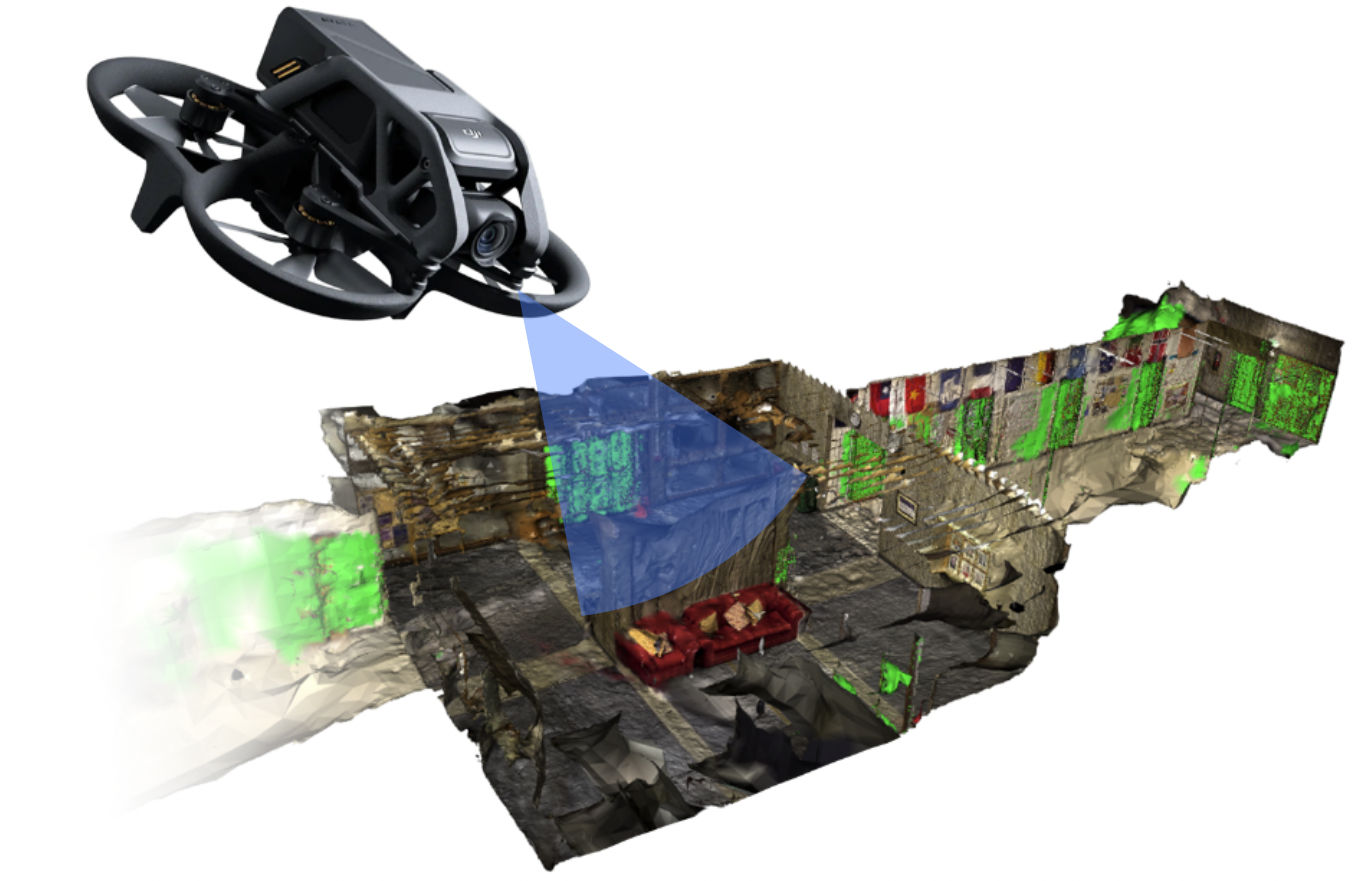
A Demo of DIAM: Drone-based Indoor Accessibility Mapping
UIST'24 Demo
-
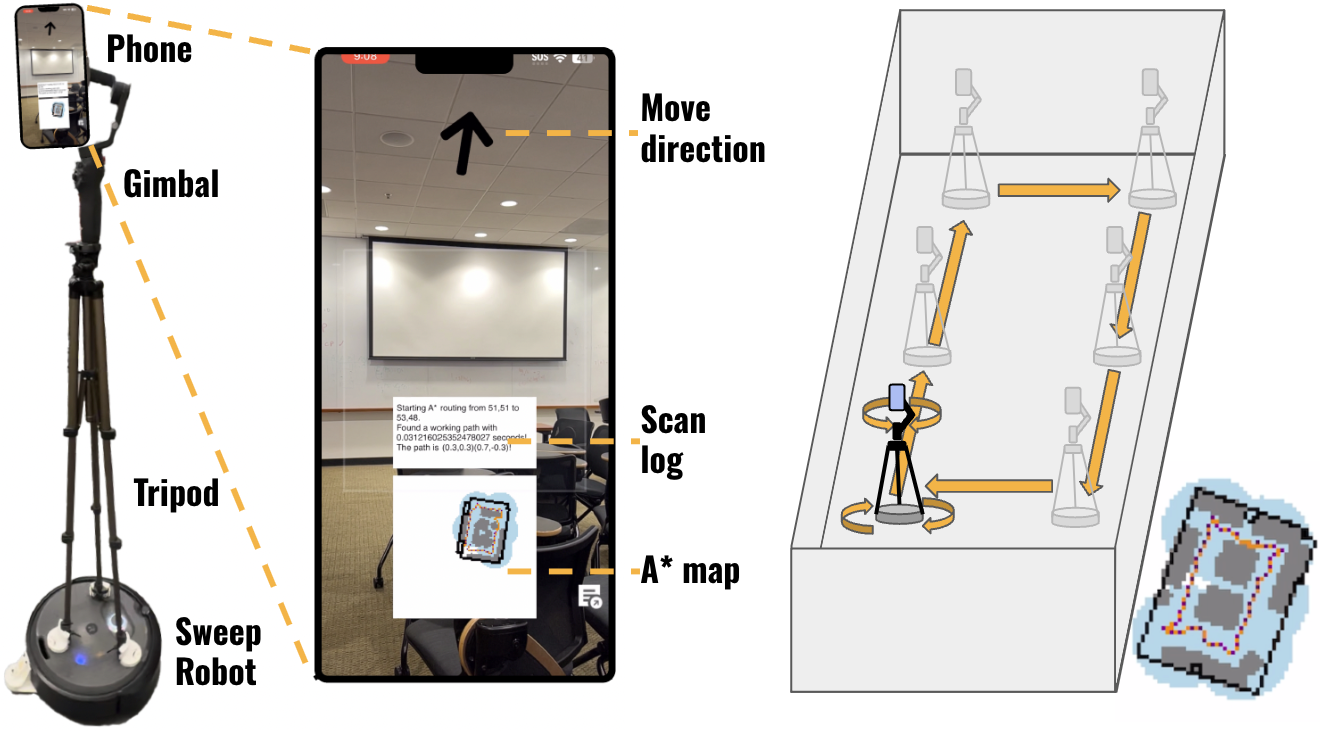
RAIS: Towards A Robotic Mapping and Assessment Tool for Indoor Accessibility Using Commodity Hardware
ASSETS'24 Poster
-
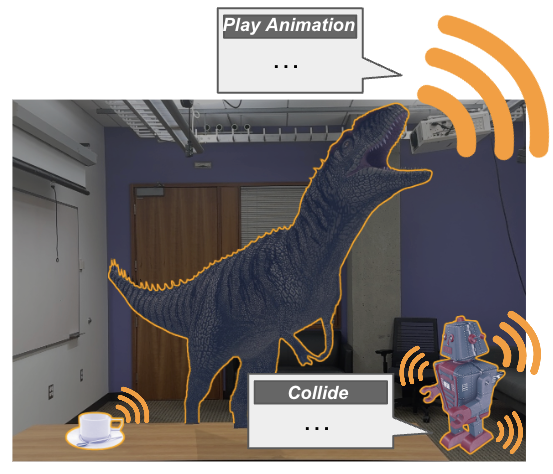
SonifyAR: Context-Aware Sound Generation in Augmented Reality
UIST'24
-
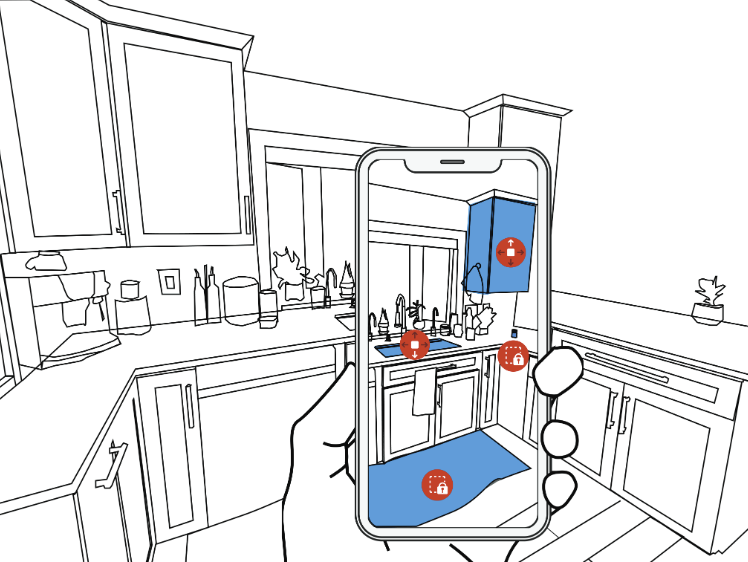
RASSAR: Room Accessibility and Safety Scanning in Augmented Reality
CHI'24
-
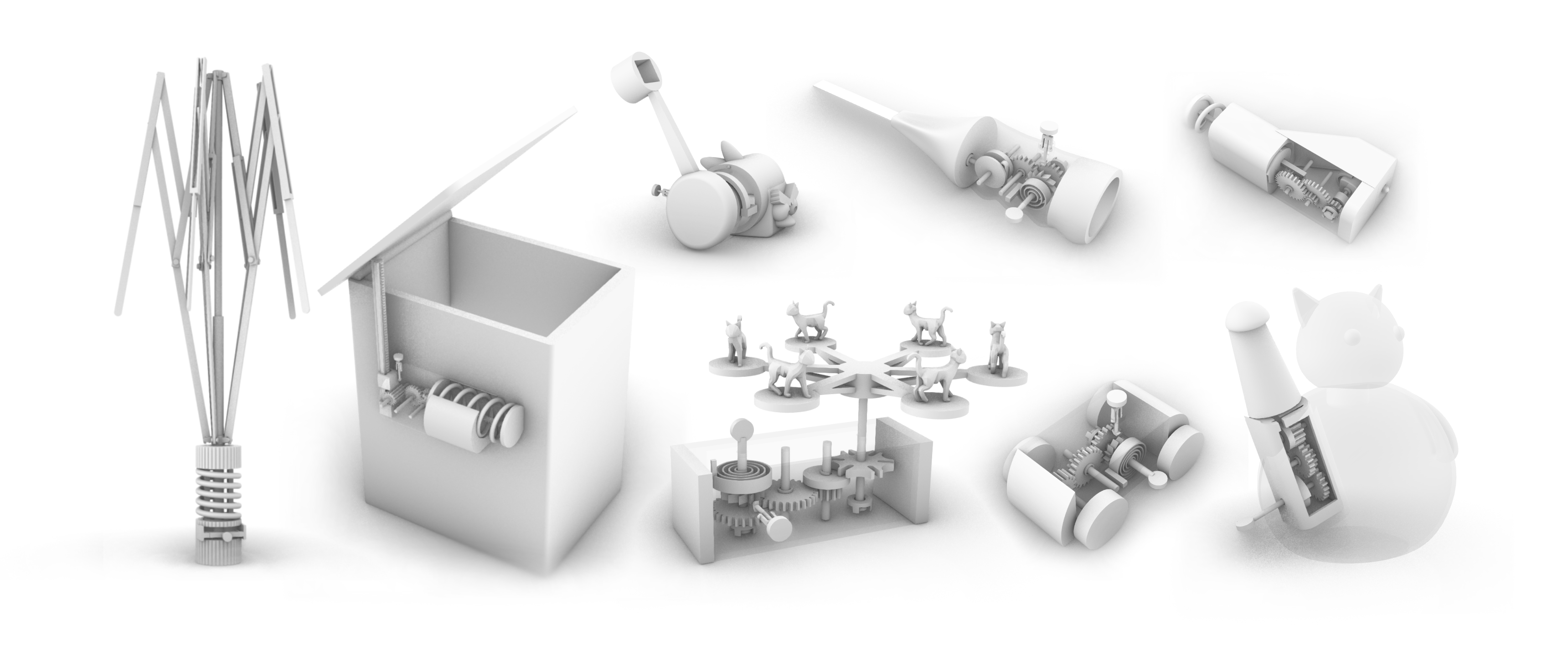
Kinergy: Creating 3D Printable Motion using Embedded Kinetic Energy
UIST'22
-
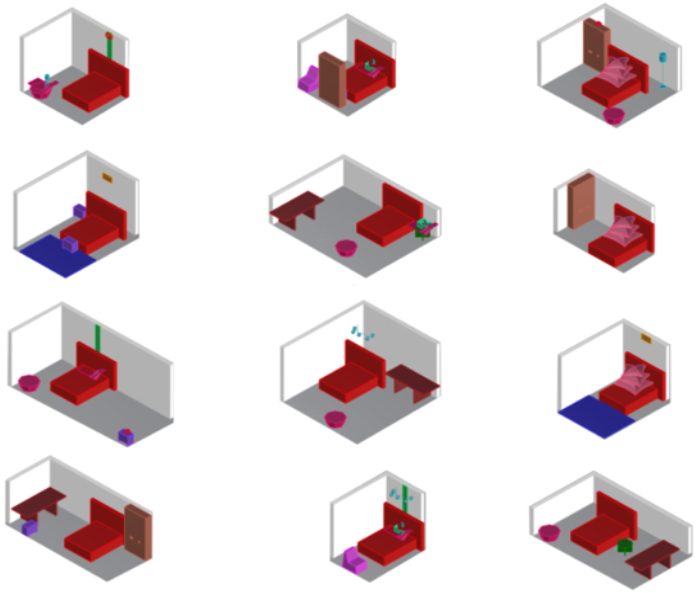
Interior Layout Generation Based on Scene Graph and Graph Generation Model
Design Computing and Cognition’20
-
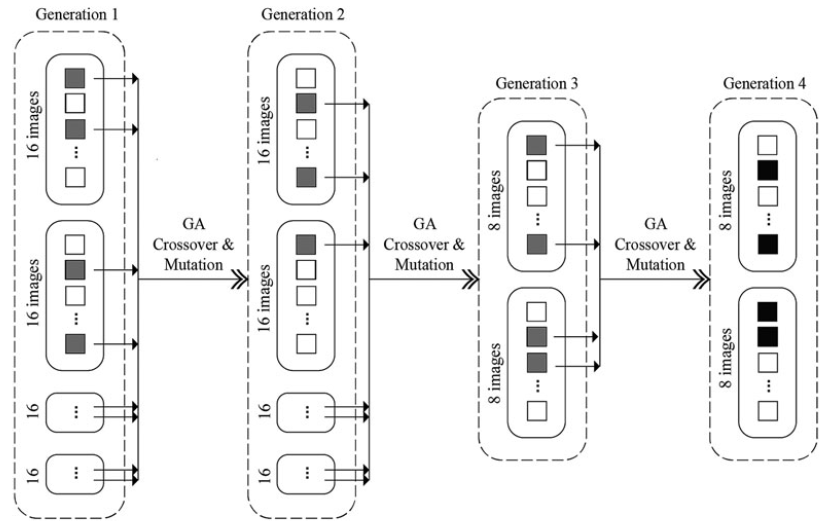
Category, process, and recommendation of design in an interactive evolutionary computation interior design experiment: a data-driven study
AI EDAM 34, 2
